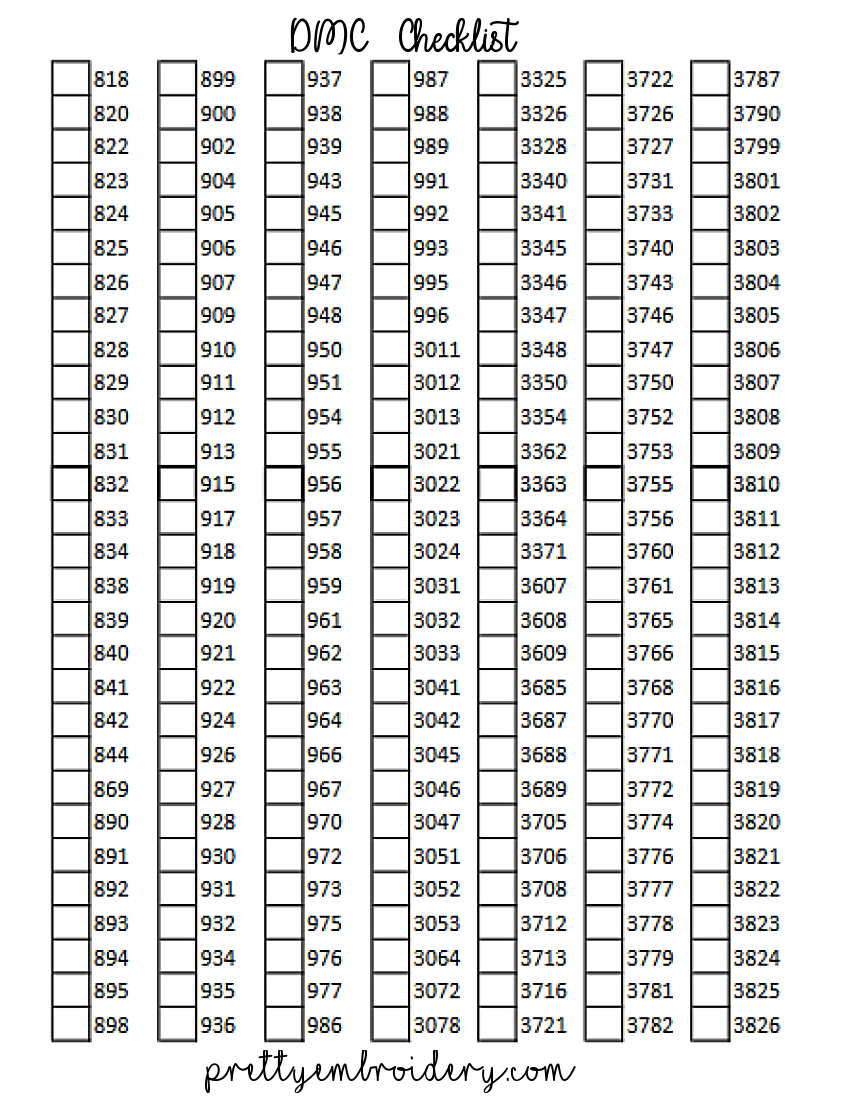Hi there, friends! Today we’re talking about color matching, and let me tell you, it’s a real hoot! I mean, who doesn’t love spending hours agonizing over which shade of blue goes best with which shade of green? It’s just pure fun, am I right?
Behold, the Color Matcher Extraordinaire!
 But in all seriousness, color matching is a pretty important part of a lot of things we do. It can make or break a clothing ensemble, for example, or help tie together a room in your home. So it’s definitely worth putting in a little effort to get it right.
But in all seriousness, color matching is a pretty important part of a lot of things we do. It can make or break a clothing ensemble, for example, or help tie together a room in your home. So it’s definitely worth putting in a little effort to get it right.
Step One: Know Your Color Wheel
 Before you can start matching colors, you need to know a few basics about the color wheel. This handy tool is key to understanding how different hues work together, and can help you create harmonious combinations that are pleasing to the eye.
Before you can start matching colors, you need to know a few basics about the color wheel. This handy tool is key to understanding how different hues work together, and can help you create harmonious combinations that are pleasing to the eye.
There are a few different types of color wheels out there, but they all follow the same basic principles. Colors are arranged in a circle, with the primary colors of red, blue, and yellow at the center. Secondary colors (orange, green, and purple) are made by mixing two primary colors together, and tertiary colors (red-orange, yellow-green, etc.) are made by mixing a primary and a secondary color.
Step Two: Understand Color Harmonies
 Now that you know your color wheel, it’s time to start thinking about color harmonies. These are specific combinations of colors that work well together, and understanding them can help you create cohesive color schemes with ease.
Now that you know your color wheel, it’s time to start thinking about color harmonies. These are specific combinations of colors that work well together, and understanding them can help you create cohesive color schemes with ease.
Here are a few of the most common color harmonies:
- Complementary: Colors that are opposite each other on the color wheel (red and green, for example).
- Analogous: Colors that are next to each other on the color wheel (blue, blue-green, and green, for example).
- Triadic: Three colors that are equally spaced on the color wheel (red, yellow, and blue, for example).
- Tetradic: Four colors arranged into two complementary pairs (red and green, blue and orange, for example).
Step Three: Experiment!
 Once you’ve got a handle on the basics, it’s time to start playing around with color. Try out different combinations of hues and see what speaks to you.
Once you’ve got a handle on the basics, it’s time to start playing around with color. Try out different combinations of hues and see what speaks to you.
A few tips for experimentation:
- Start with a neutral base and add in pops of color.
- Try out different shades of the same color for a monochromatic look.
- Think outside the box - sometimes unexpected color combinations can be the most interesting!
Step Four: Don’t Be Afraid to Ask for Help
 If you’re really struggling with color matching, don’t be afraid to ask for help. Many clothing stores offer free personal shopping services that can help you put together a cohesive outfit, and interior decorators can help you pick the perfect paint colors for your home.
If you’re really struggling with color matching, don’t be afraid to ask for help. Many clothing stores offer free personal shopping services that can help you put together a cohesive outfit, and interior decorators can help you pick the perfect paint colors for your home.
And of course, there are always friends and family members who are happy to weigh in with their opinions!
Wrapping Up
So there you have it - a crash course in color matching. Remember, it’s not an exact science, and sometimes it’s best to just go with your gut and choose colors that make you happy.
But with a little knowledge of the color wheel and some understanding of color harmonies, you’ll be well on your way to creating stunning color combinations that will make everyone around you green with envy. Happy matching!